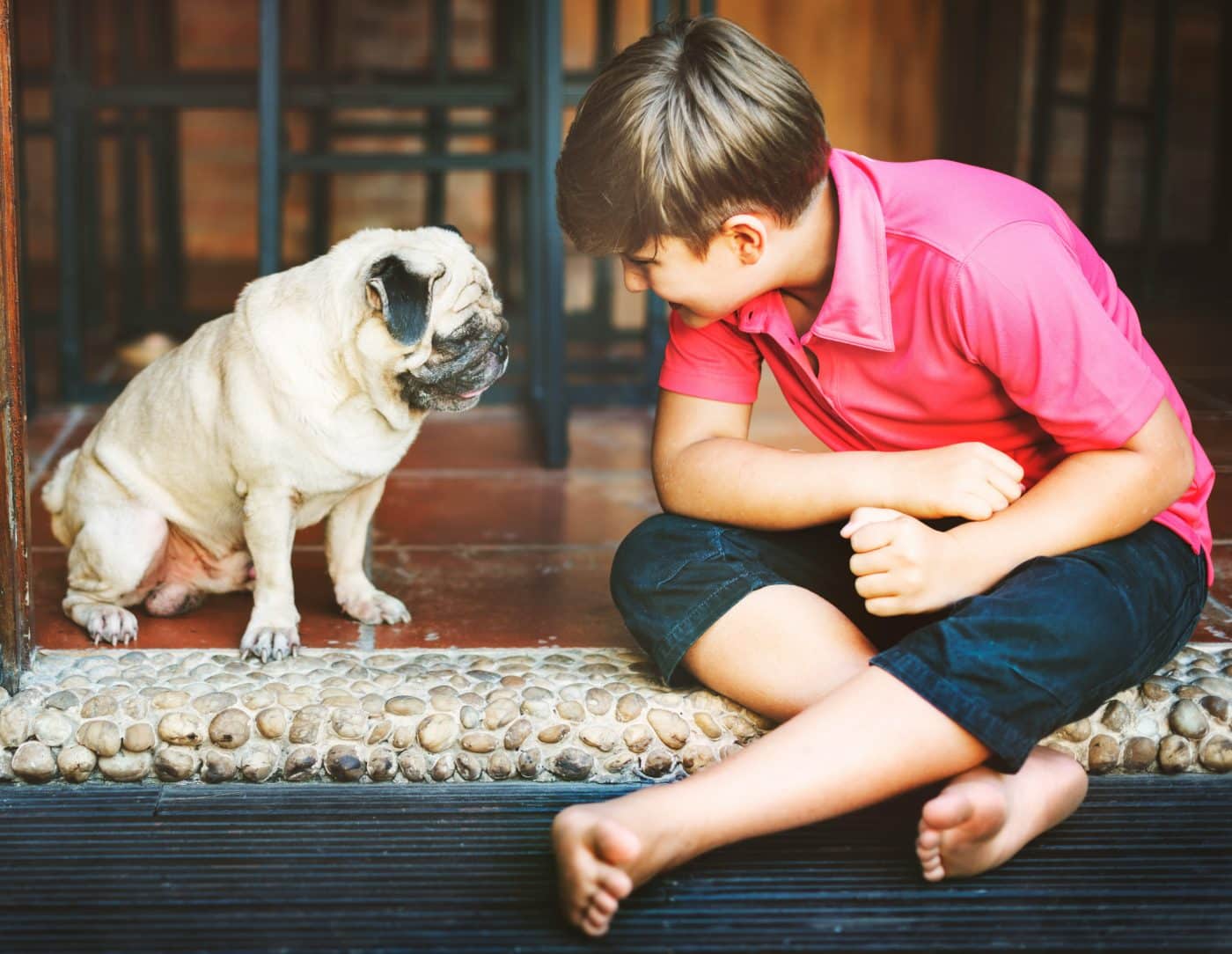 Shutterstock
Shutterstock
Dogs are experts at hiding pain, never whining about a headache or dramatically flopping onto the couch over a stubbed paw. Instead, they keep wagging, playing, and acting normal—even when they’re not. That’s why responsible owners must be a little detective-like. Your pup may suffer in silence, and their discomfort could go unnoticed without knowing the signs. From subtle behavior shifts to small changes in body language, your furry friend may quietly tell you they’re not feeling their best—you have to know what to look for.
Changes in Eating Habits
 Shutterstock
Shutterstock
If your food-loving Labrador suddenly turns down dinner, something is definitely up. Dogs that are in pain may lose their appetite because chewing or swallowing becomes uncomfortable. Even if they do eat, you might notice them taking longer to finish their meal or showing less enthusiasm for their favorite treats. Dental pain, digestive issues, or even joint discomfort while bending down to eat could all be culprits. If your pup starts skipping meals, don’t brush it off—it could be their way of saying, “Hey, something’s not right here!”
Unusual Sleeping Patterns
 Shutterstock
Shutterstock
Dogs love their beauty sleep, but if your pup sleeps more than usual or has trouble getting comfortable, it could be a sign of pain. A dog in pain might find it difficult to settle down, constantly shifting positions or avoiding their usual sleeping spot. On the flip side, some dogs may sleep excessively as a way to cope with discomfort. If your typically active dog starts acting like a couch potato, or your lazy pup suddenly seems restless at night, it’s time to look closer.
Excessive Licking or Chewing One Spot
 Shutterstock
Shutterstock
While the occasional paw lick is normal, constant licking, chewing, or biting at a particular spot could mean something is wrong. Dogs often focus on a specific area when they’re in pain, whether it’s an injured paw, a sore joint, or even an internal issue causing discomfort. You might not see an obvious wound, but that doesn’t mean there isn’t something going on beneath the surface. If your dog is becoming a self-grooming fanatic, check for redness, swelling, or tenderness in the area they keep licking.
Sudden Mood Swings
 Shutterstock
Shutterstock
Your usually affectionate Golden Retriever suddenly doesn’t want belly rubs? Your friendly Beagle has turned into a grumpy loner? Pain can make even the sweetest dog irritable or withdrawn. A dog in pain may snap, growl, or avoid interactions they usually enjoy. Some dogs may even become more clingy, seeking extra comfort from their humans. If your pup’s personality seems to have taken a sudden 180-degree turn, pain could be its hidden reason.
Difficulty Climbing Stairs or Jumping
 Shutterstock
Shutterstock
If your dog suddenly hesitates before jumping on the couch or struggles to climb the stairs, don’t assume they’re just being lazy. Pain—especially in the joints, back, or hips—can make these once-easy movements seem impossible. Even younger dogs can experience discomfort from minor injuries, while older pups might be battling arthritis. If you notice hesitation, stiffness, or a sudden preference for staying on flat ground, it’s time to consider a vet visit.
Changes in Posture or Movement
 Shutterstock
Shutterstock
A dog in pain may not walk the same way they usually do. They might limp, shift their weight, or hold their body in an unusual position. A hunched back, tucked tail, or stiff gait can indicate something is wrong. Some dogs will even arch their back or lower their head to avoid worsening the pain. If your pup looks more like an old cowboy walking into town than their usual bouncy self, their body might be telling you something important.
Heavy Panting (Even When It’s Not Hot)
 Shutterstock
Shutterstock
Panting after playtime? Normal. Panting while lounging in the shade on a cool day? Not so much. Dogs in pain may pant excessively even when they haven’t been running around. Pain-related panting is often accompanied by other signs, like restlessness, whining, or pacing. If your dog seems to be breathing heavily for no reason, it could be their way of coping with discomfort. Always check for other symptoms and consult a vet if the panting seems excessive or unusual.
Avoiding Being Touched
 Shutterstock
Shutterstock
One day your pup is all about the ear scratches, and the next, they flinch at the slightest touch. Pain might be the reason why your dog suddenly resists being petted, picked up, or handled in certain areas. Some dogs will yelp, while others might move away or give you a warning look. This could be a sign of joint pain, muscle strain, or even an internal issue. If your usually affectionate dog avoids physical contact, it’s time to figure out why.
Whining, Whimpering, or Groaning
 Shutterstock
Shutterstock
Some dogs suffer in silence, but others will try to vocalize their discomfort. If your dog is making more noise than usual—whether it’s whining, groaning, or even sighing—it might be their way of expressing pain. A dog that suddenly starts making noises when lying down, getting up, or moving around is likely dealing with discomfort. While some dogs are naturally talkative, sudden vocal changes should never be ignored.
The Sneaky Ways Dogs Pretend Everything’s Fine
 MidJourney
MidJourney
Pain can be tricky to spot in dogs since they often hide it well. They may still greet you happily, wag their tail, and act like their usual self—until you notice the subtle signs. Paying attention to small behavioral changes is the key to keeping your pup happy and comfortable. If something seems off, trust your instincts and get it checked out. Your dog may not be able to say they’re hurting, but they’re counting on you to notice and help them feel better.

 1 month ago
36
1 month ago
36








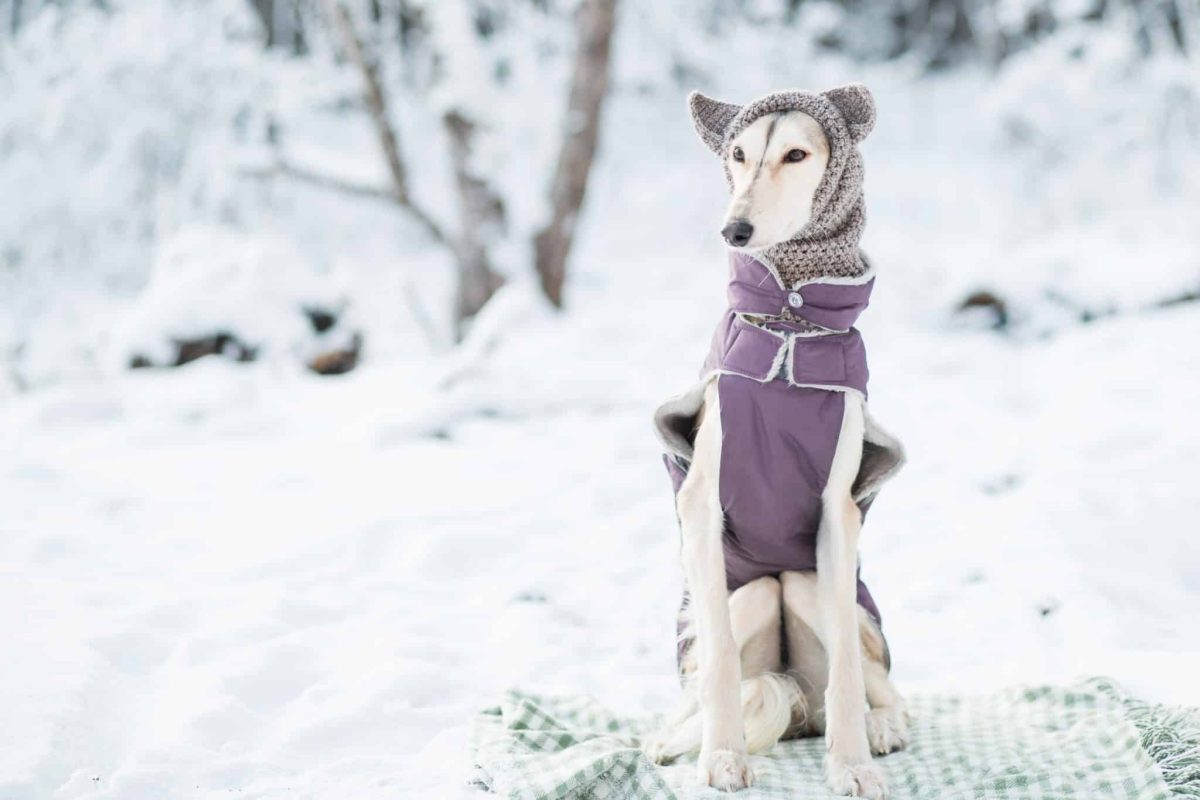
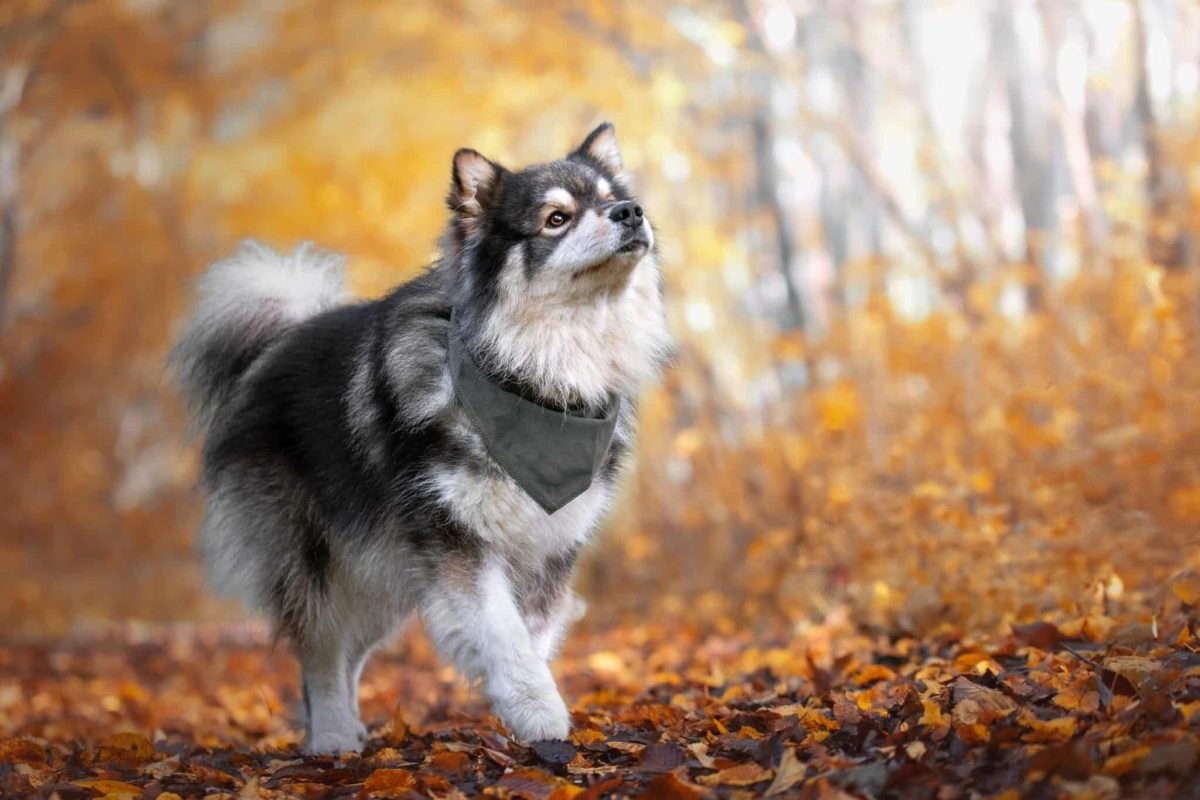




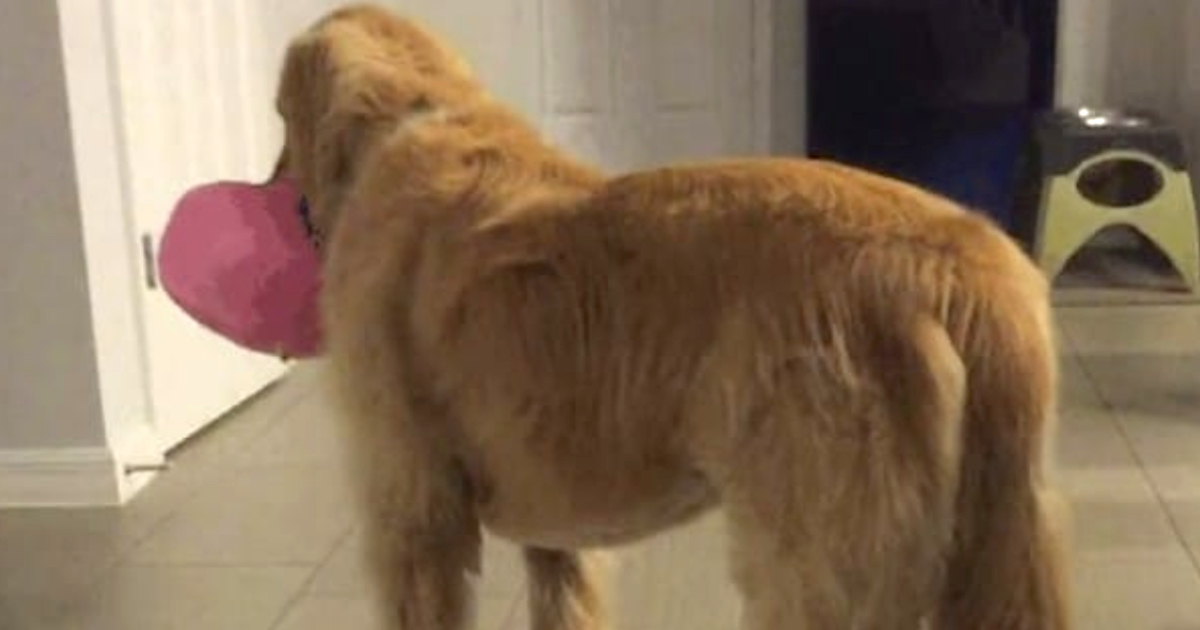
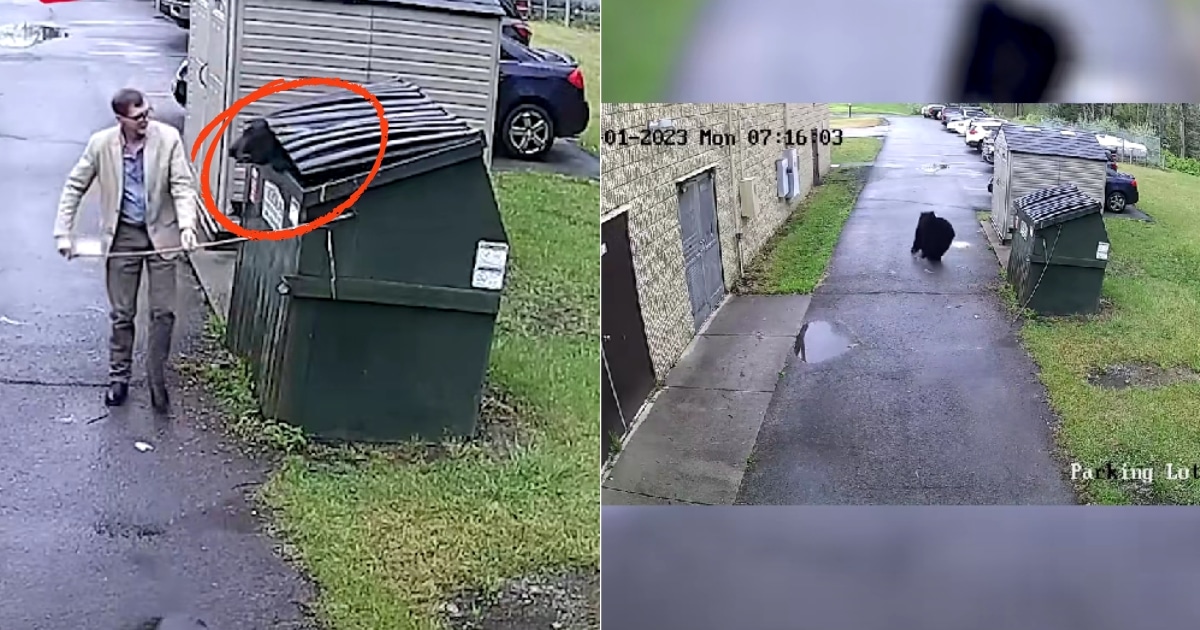
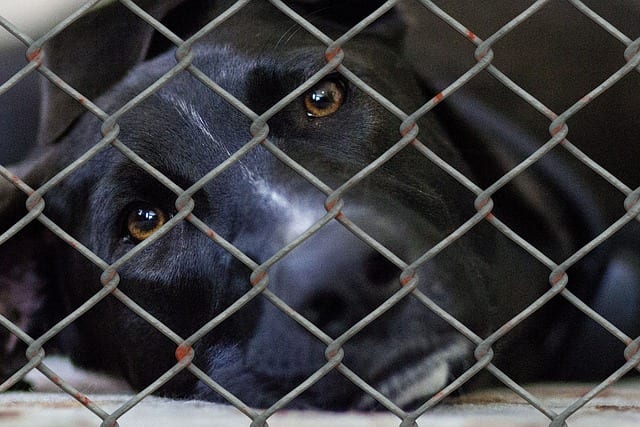
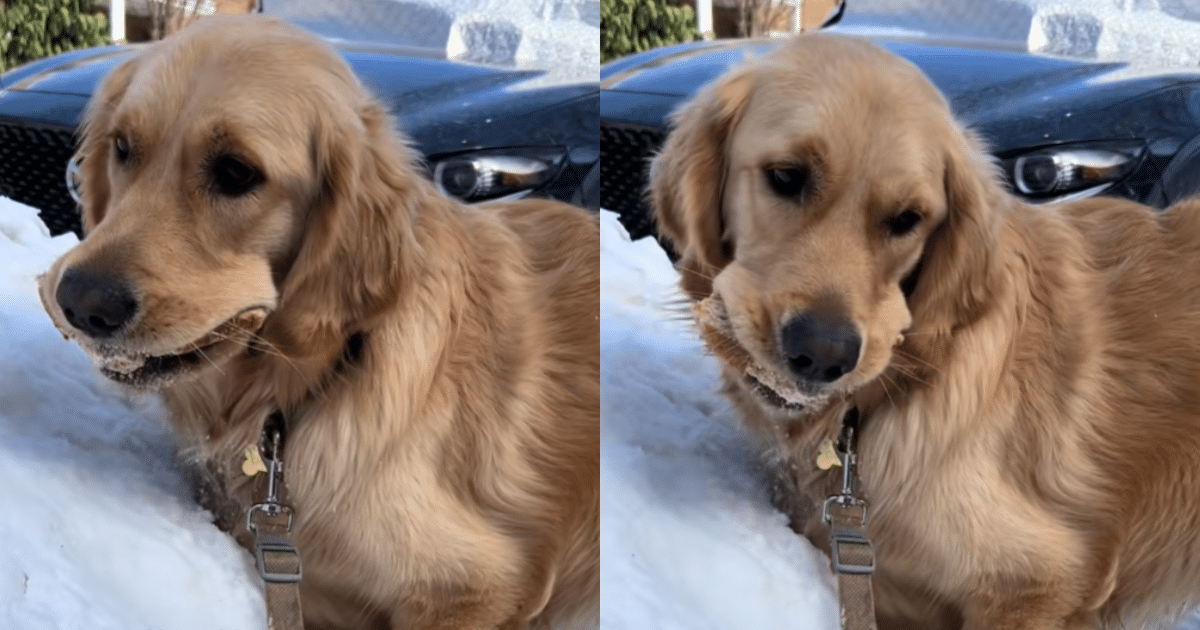
 English (US) ·
English (US) ·